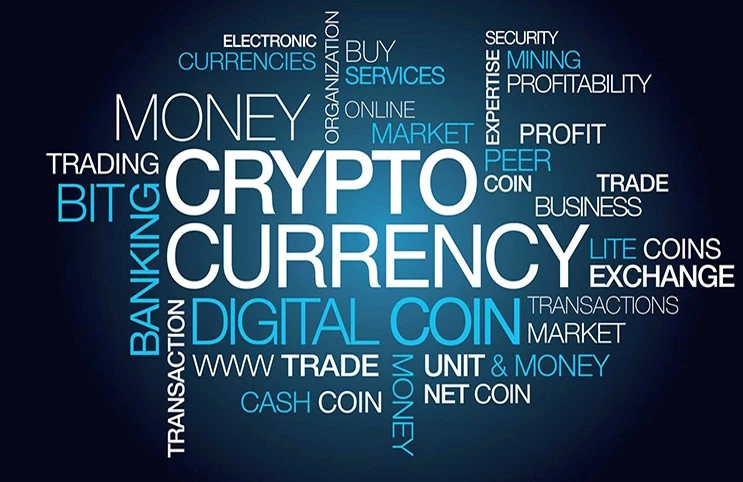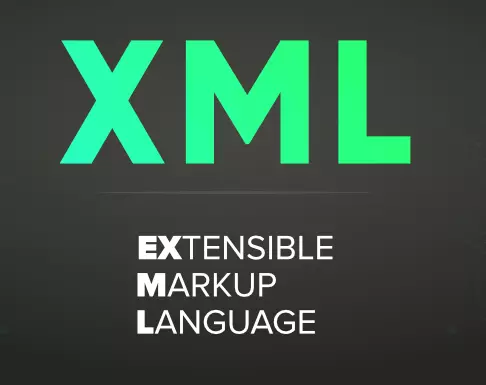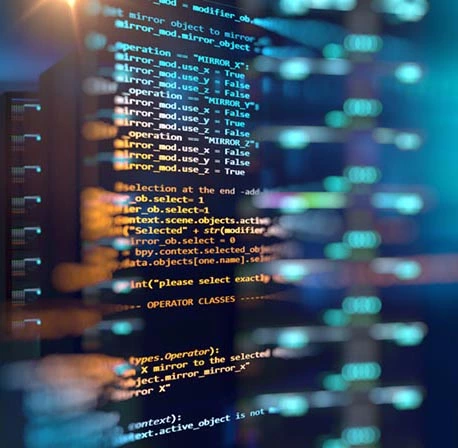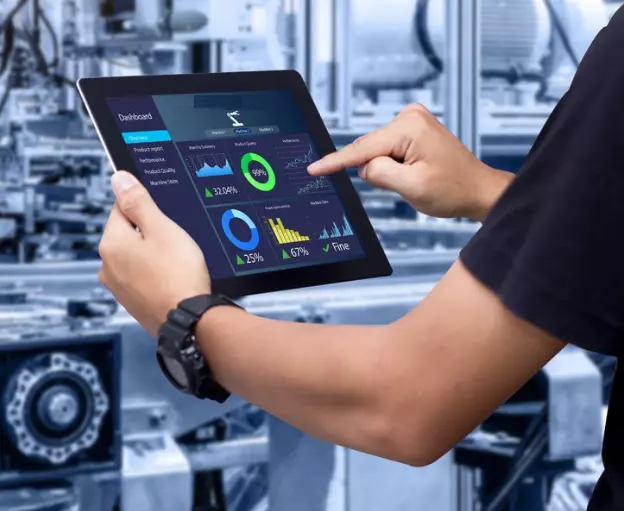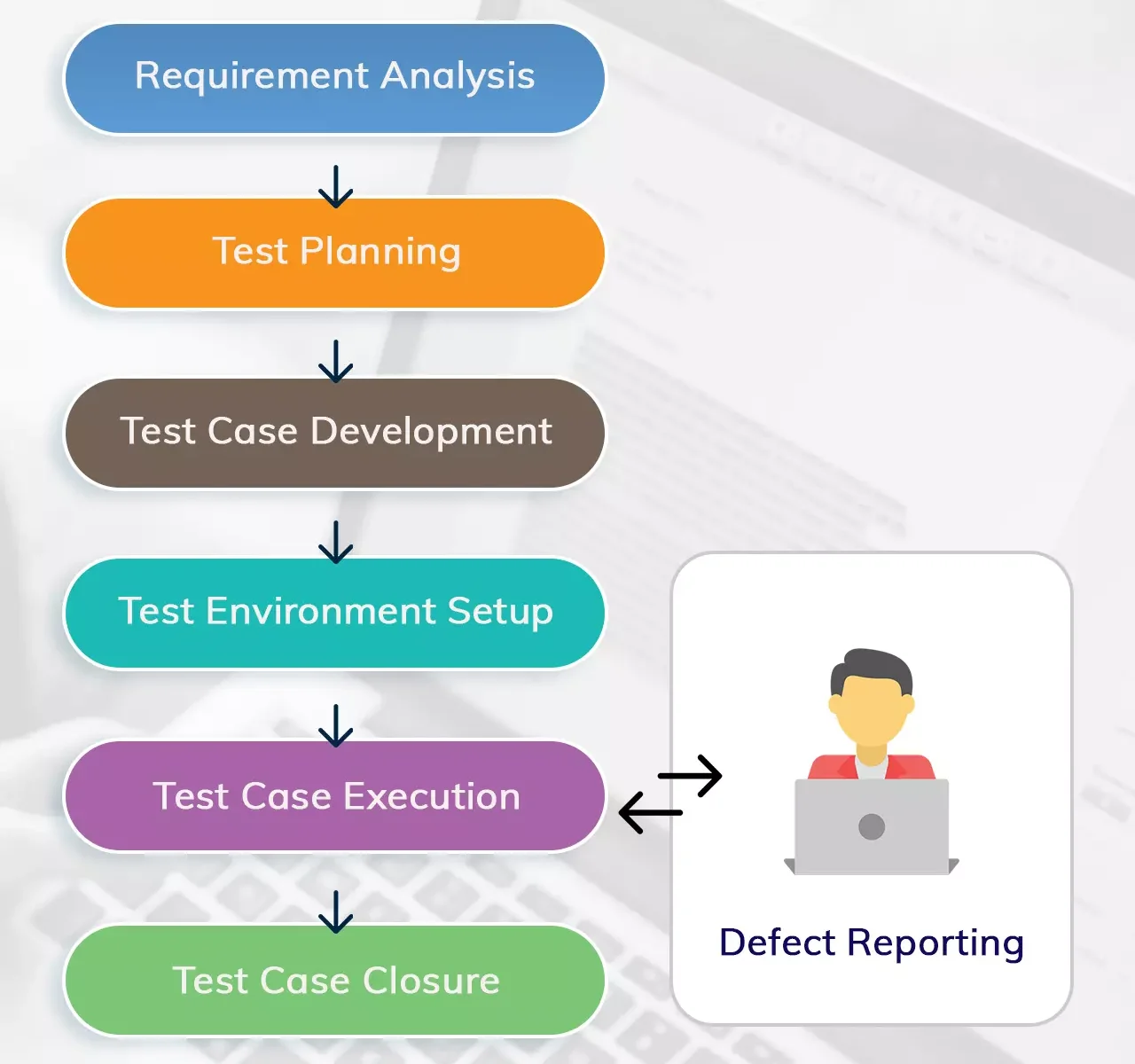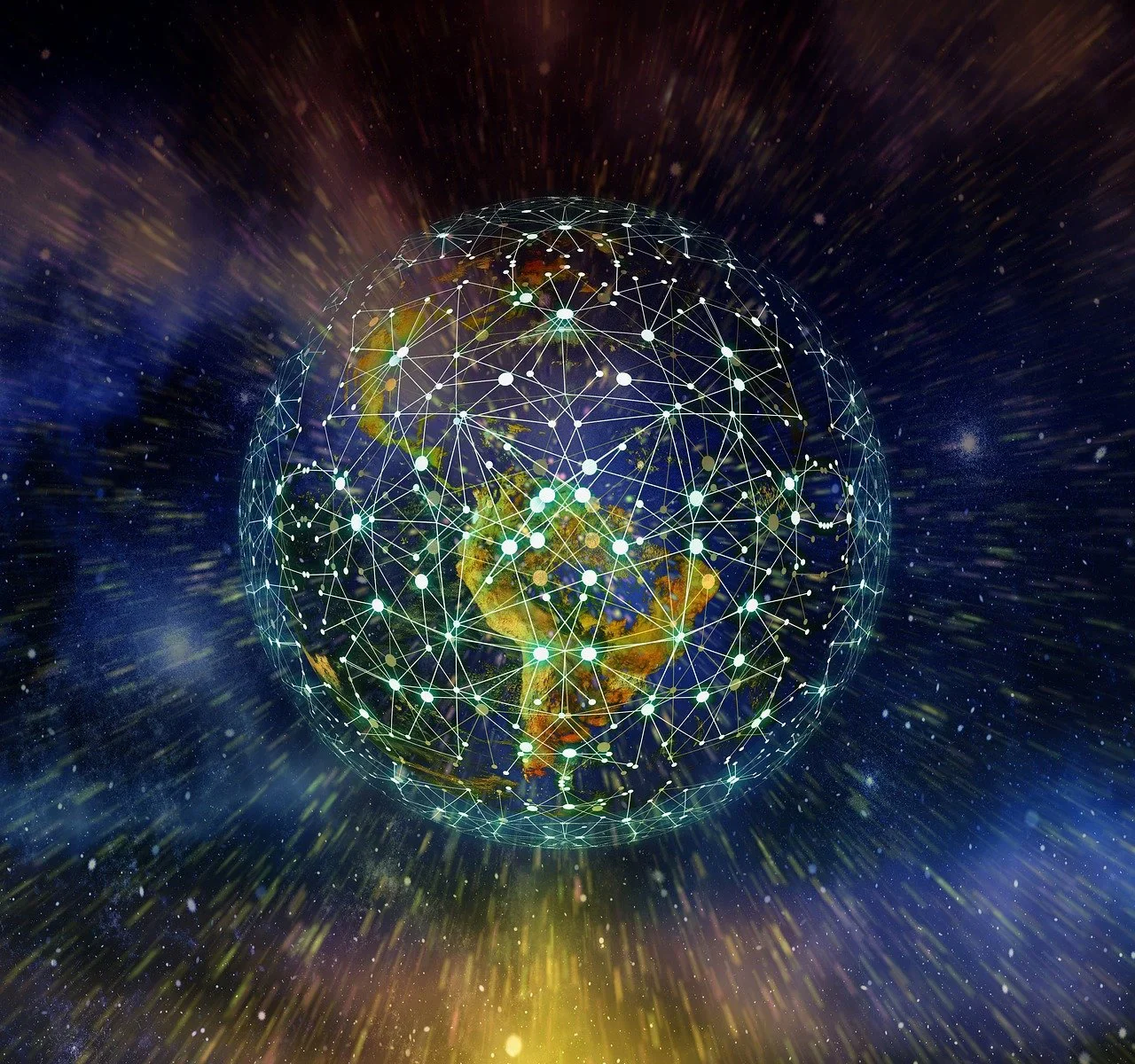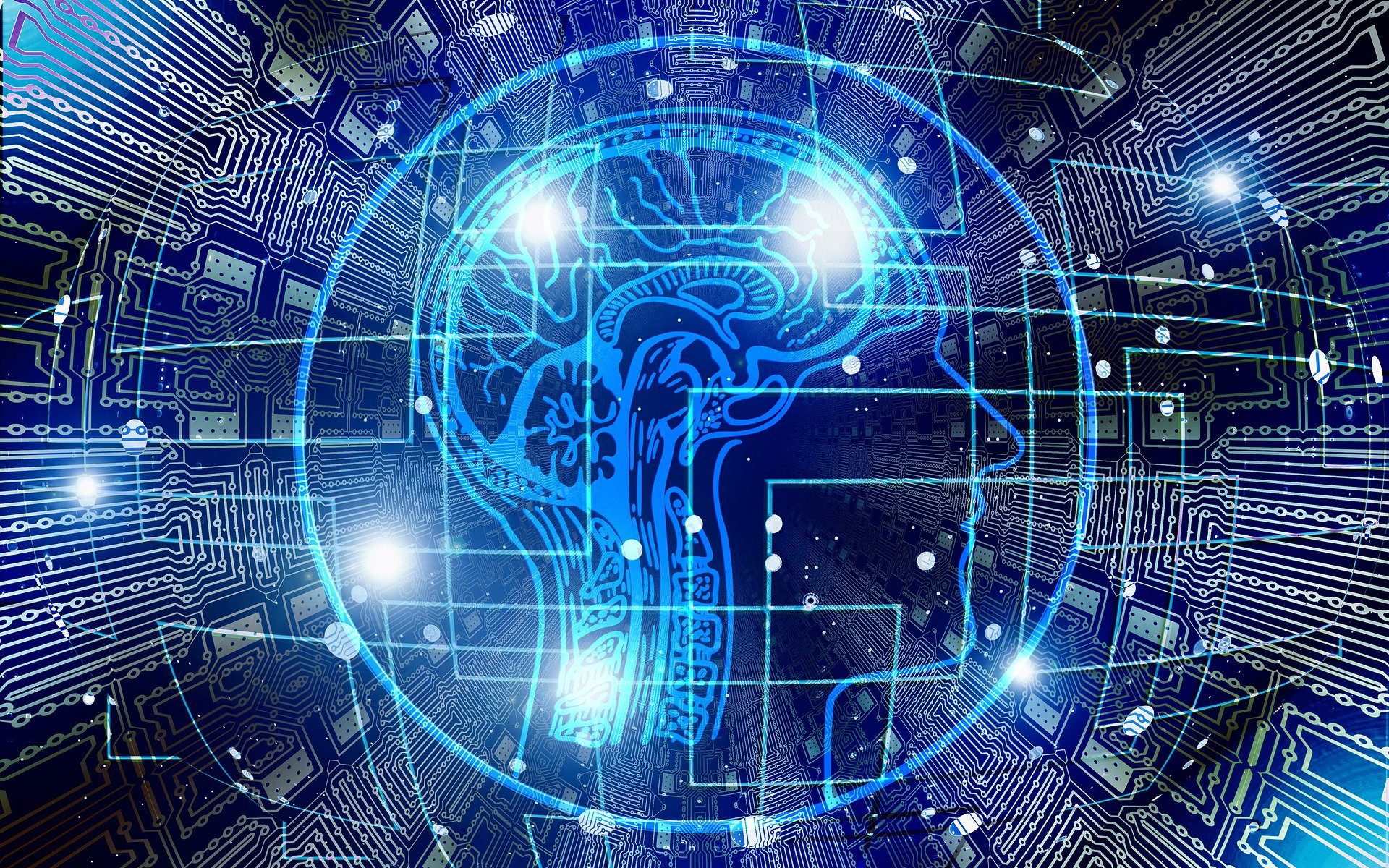A blockchain is a digital ledger of transactions that is replicated and disseminated throughout the network of computer systems that make up the blockchain. Each block on the chain contains a number of transactions, and whenever a new transaction occurs on the blockchain, a record of it is added to each participant’s ledger.
Simply said, blockchain technology is a distributed, decentralised ledger that keeps track of the origins of digital assets. A blockchain’s data is immutable by design, making it a true disruptor in industries such as payments, cybersecurity, and healthcare.
A fundamental comparison for understanding blockchain technology is a Google Doc. Instead of being replicated or moved, when we create a document and share it with a group of people, it gets disseminated. This creates a decentralised distribution network in which everyone has access to the document at the same time.
A blockchain database is a one-of-a-kind database format. It saves data in a unique way as compared to a standard database. Blockchain saves data in blocks and then forms a chain by connecting the previous block to the current block.
As new information is received, it is added to a new block. After the block has been filled with data, it is chained onto the preceding block, forming a chronological chain of data. A blockchain may store a wide range of data, although the most popular application to far has been as a transaction ledger.
Blockchains such as Bitcoin and Ethereum are continually growing as new blocks are added to the chain, significantly enhancing the security of the ledger.
In the case of Bitcoin, blockchain is used in a decentralised way, which means that no single person or organisation has authority over the system; rather, all users have collective control.
Decentralized block-chains are immutable, which means that the information stored on them cannot be altered. This means that all Bitcoin transactions are permanently recorded and available to everyone, and no one can change them.
